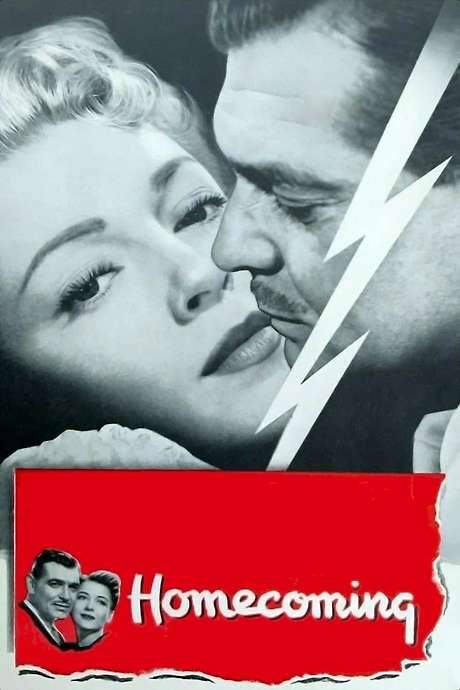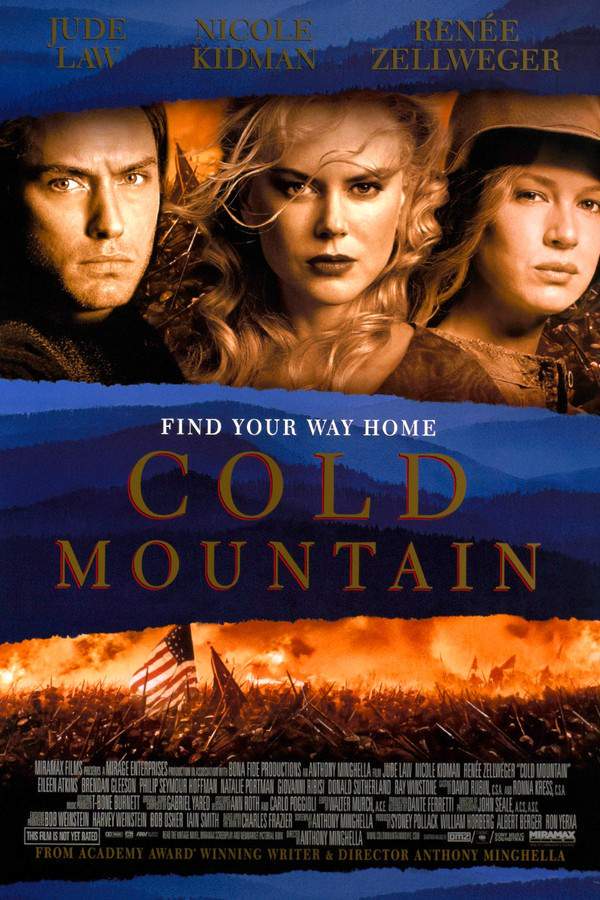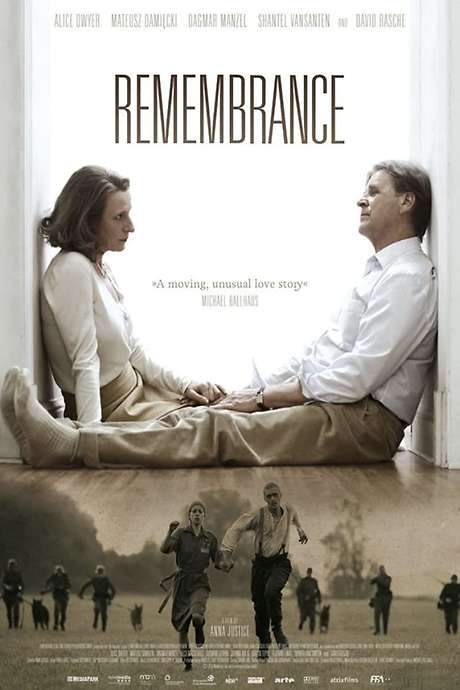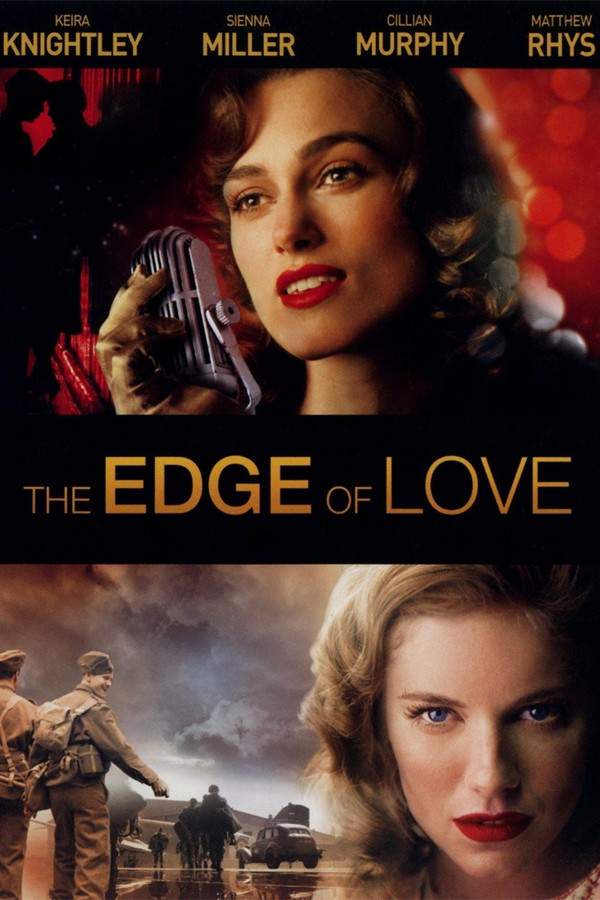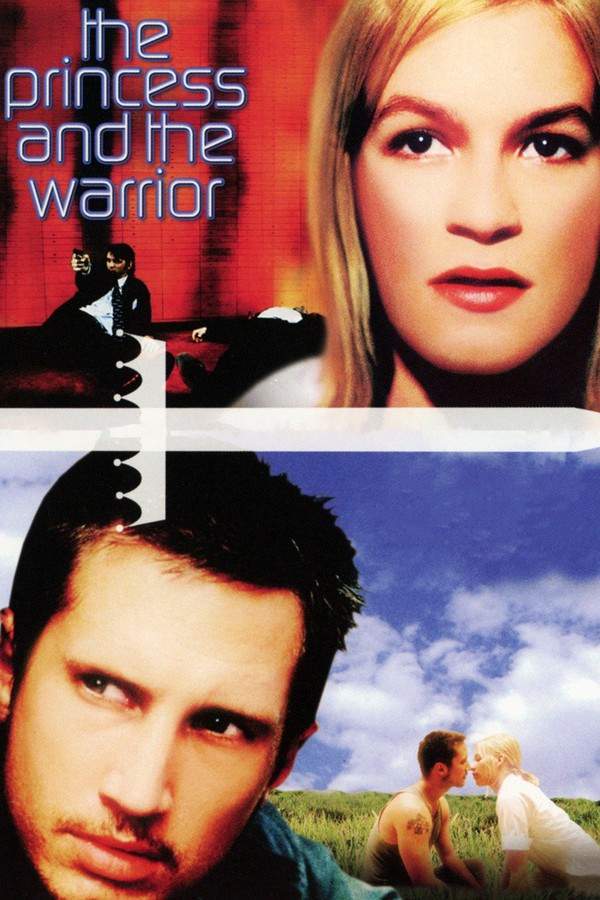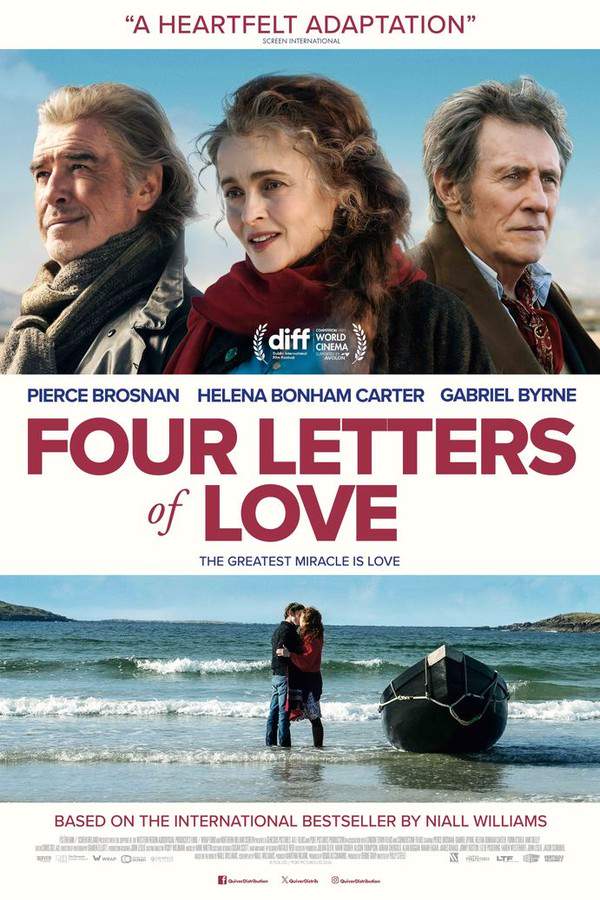
The Crossing II
Year: 2015
Runtime: 131 mins
Language: Chinese
Director: John Woo
A story of three couples and their intertwining love stories set in 1940s Taiwan and Shanghai, centered around the 1949 sinking of Taiping.
Warning: spoilers below!
Haven’t seen The Crossing II yet? This summary contains major spoilers. Bookmark the page, watch the movie, and come back for the full breakdown. If you're ready, scroll on and relive the story!
The Crossing II (2015) – Full Plot Summary & Ending Explained
Read the complete plot breakdown of The Crossing II (2015), including all key story events, major twists, and the ending explained in detail. Discover what really happened—and what it all means.
During a brutal battle in Manchuria in World War II, Major general Lei Yifang, Huang Xiaoming, personally leads a high-stakes assault that overpowers Japanese lines despite stern pushback from his own officers. The victory earns Lei a promotion to lieutenant general, while Dr. Yan Zenkun, Takeshi Kaneshiro), a Chinese field medic conscripted into the Japanese army from Taiwan, is captured and shipped to a prison camp in Fengtian. On the POW train, Yan reads a letter from his Japanese lover Masako Shimura, Masami Nagasawa, a moment that underscores the human toll of a conflict tearing people apart across national lines.
A few years later, as the Chinese Civil War resumes, Yu Zhen, Zhang Ziyi, a poor, illiterate young woman, volunteers as an orderly at a Nationalist hospital in Shanghai and clings to the hope of reuniting with her boyfriend Yang Tianhu, who fights the Communists. At the same time, Lei draws the gaze of Zhou Yunfen, Song Hye-kyo, a wealthy debutante, at a charity event hosted by her affluent family. Their undeniable chemistry leads to a marriage that signals a union between two very different worlds, even as war and social pressure threaten their bond.
The following year, Yu Zhen encounters signal corps sergeant Tong Daqing, Tong Dawei, outside the wedding-studio orbit that linked Lei and Zhou. Tong has brought Yu and a borrowed baby to pose for a “family portrait” intended to secure extra food rations. After the photos are taken, the studio’s owner is approached with an even more delicate request: to craft an altered image that depicts Dr. Yen and Masako together, a fragile fabrication born of wartime desperation. Tong and Yu retreat to a noodle shop, where Tong explains the strange logic of soldier identification numbers and the ways people can be counted as “dead or alive.” Yu’s smile hints at the memory of her lover, but Tong misreads it as something closer to affection.
Zhou, now pregnant, confides in Lei about fears surrounding his plan to send her away to Taiwan. He reassures her, though the prophecy of separation lingers. The Zhou family sees her off on the Taiping, and a photograph captures Lei watching from the shadows, a silent witness to her departure. Tong clutches the idea of a “family portrait” as his comrades pass the image among themselves, while Yu’s own life in Shanghai grows more precarious: she struggles to find work, scavenges discarded fruit, and sleeps under a bridge as the city wades through blackout drills and food shortages.
Meanwhile, Dr. Yan Zenkun reappears in Taiwan, where he and Zhou’s sisters disembark to military bands and nationalist flags. He explains to an official that he was in Shanghai procuring medical supplies, and the official probes his background, recognizing the twist of fate that has brought him home. Yen’s mother burns letters from Masako, a reminder of the painful distances carved by empire and occupation, while Zhou settles into a new house, a space where Masako’s legacy and Yen’s own history intersect through art and memory.
In Shanghai, Yu finds lodgings by passing herself off as married, using the studio photo as proof. She moves into a boardinghouse and then into a club where dancing offers a means to feed herself and, perhaps, to locate her missing lover. The city’s war-drawn energy pulses through the streets as baton-wielding police suppress protests and the club itself is shut down to conserve energy for the war effort. The next step for Yu is a life of prostitution, a harsh route taken to ensure survival while she clings to hope of reunion with Yang.
On the front, Lei’s 12th Army nears encirclement during the Huaihai Campaign; supply lines are severed, and orders to breakout are issued and then countermanded as reports arrive of breakthroughs stifled by the enemy. Lei’s heart aches as he realizes he has wandered back into the same battles where he once fought Japanese troops, this time facing his own countrymen. Up in Taiwan, Zhou confronts a quiet danger of a different kind: a snakebite that lands her in a hospital where Yen, now present as a physician, tends to her. Zhou’s recognition of Yen’s name—reflected back in a painting Masako left behind—sparks a tentative conversation that deepens into a wary friendship between two people bound by a shared longing for loves past and present.
Tong’s care for Lei grows when Lei asks him to help repair a radio, and the two men bond over fragile family portraits that tether their identities to what they have left behind. In the Communist trenches, morale rises as civilians bring food, while in the nationalist lines soldiers grow hungry. Lei, unable to bear witness to more suffering, shoots his warhorse for meat; Tong, on patrol with a fellow enlisted man and a local, shoots a rabbit only to be held at gunpoint by a Communist soldier. The trio negotiates a fragile truce and shares the meal before the fighting resumes.
The Nationalists suffer a brutal blow when the 108th Division defects, and Tong must confront the revelation that a trusted unit has deserted. Lei’s willingness to stand with his men is tested as he learns of the desertion; Tong’s loyalty is put to the test when he ultimately returns to his commander and, in a moment of truth, pleads for the chance to fight on. Lei’s diary—written to his wife Zhou—becomes a symbol of a life he cannot fully live and a memory he cannot abandon. In the chaos, Tong saves Lei’s life, bearing the worst injuries as a tank shell strikes the command post. Lei dies with a memory of his wedding photo in his heart, and Tong is entrusted with ensuring Zhou receives the diary.
Part II
The 1949 Communist Revolution propels three couples from China toward Taiwan, a perilous voyage that ends in disaster when their ship collides with another. Yan Zenkun, surviving the wreck, uses his medical skills to aid the wounded and keep others afloat amid splintered debris. Yu Zhen, who once worked as a nurse, lends her strength to the injured and watches as some passengers are turned against by panic and greed. A small group fights to stay alive on floating debris, while an Australian warship, HMAS, arrives to rescue survivors. Among the rescued, Yu Zhen reclaims a sense of purpose as she helps others and seeks closure with the man she loves, while the notebook Lei Yifang entrusted to Tong Daqing finds its way back to Zhou Yunfen through Yu Zhen’s perseverance.
Four months later, Zhou Yunfen gives birth to Lei Yifang’s son, a quiet marker of life continuing beyond war. Tong Daqing arrives at Zhou’s home with the news of Lei’s fate and with Lei’s diary, a final testament to a life cut short but not forgotten. He offers the diary as a bridge between a mother who has endured loss and a husband who, in another life, might have stood by her side. In the end, the threads of memory, love, and duty intertwine across generations, leaving a testament to the resilience of those who endured the war and its aftermath.
Last Updated: October 09, 2025 at 15:54
Explore Movie Threads
Discover curated groups of movies connected by mood, themes, and story style. Browse collections built around emotion, atmosphere, and narrative focus to easily find films that match what you feel like watching right now.
Wartime romances like The Crossing II about enduring love and separation
Love stories that endure across battlefields and the chasm of time.If you were moved by the intertwining love stories in The Crossing II, this list features similar movies about couples separated by war. Explore other powerful historical dramas and romantic epics where love is tested by distance, survival, and the passage of time.
Narrative Summary
The narrative follows one or more couples whose love is forged in peacetime but brutally tested by the onset of war. Separation is the central conflict, driving parallel stories of survival, longing, and the faint hope of reunion against a sprawling historical canvas.
Why These Movies?
These films are grouped by their core premise of romance fractured by war, sharing a heavy emotional weight, a melancholic tone, and a focus on the personal cost of historical events. They deliver a specific blend of epic scale and intimate heartache.
Bittersweet historical epics with intertwined stories like The Crossing II
Sweeping stories where multiple lives collide and are reshaped by history.For viewers who appreciated the epic scope and multiple storylines of The Crossing II, this selection gathers movies with similar narrative structures. Discover other grand historical films where the destinies of various characters intersect, culminating in emotionally complex and bittersweet conclusions.
Narrative Summary
The narrative structure interconnects several character arcs, showing how their lives briefly intersect before being scattered by a major historical catalyst. The story unfolds methodically, building towards an ending that offers resolution but is deeply shadowed by the sacrifices and tragedies endured.
Why These Movies?
This thread connects films that share a specific combination: a multi-thread narrative set against a significant historical backdrop, a steady, character-driven pace, and a final emotional payoff that is poignant and bittersweet rather than purely tragic or happy.
Unlock the Full Story of The Crossing II
Don't stop at just watching — explore The Crossing II in full detail. From the complete plot summary and scene-by-scene timeline to character breakdowns, thematic analysis, and a deep dive into the ending — every page helps you truly understand what The Crossing II is all about. Plus, discover what's next after the movie.
The Crossing II Timeline
Track the full timeline of The Crossing II with every major event arranged chronologically. Perfect for decoding non-linear storytelling, flashbacks, or parallel narratives with a clear scene-by-scene breakdown.

Characters, Settings & Themes in The Crossing II
Discover the characters, locations, and core themes that shape The Crossing II. Get insights into symbolic elements, setting significance, and deeper narrative meaning — ideal for thematic analysis and movie breakdowns.

The Crossing II Spoiler-Free Summary
Get a quick, spoiler-free overview of The Crossing II that covers the main plot points and key details without revealing any major twists or spoilers. Perfect for those who want to know what to expect before diving in.

More About The Crossing II
Visit What's After the Movie to explore more about The Crossing II: box office results, cast and crew info, production details, post-credit scenes, and external links — all in one place for movie fans and researchers.


